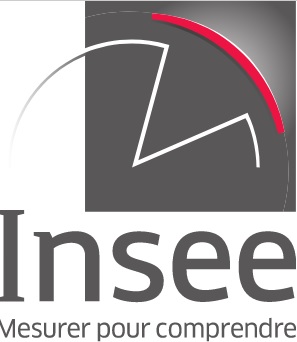09/06/25
- Documents de travail
Massive parallelization of projection-based depths
This article introduces a novel methodology for the massive parallelization of projection-based depths, addressing the computational challenges of data depth in high-dimensional spaces. We propose an algorithmic framework based on Refined Random Search (RRS) and demonstrate significant speedup (up to 7,000 times faster) on GPUs. Empirical results on synthetic data show improved precision and reduced runtime, making the method suitable for large-scale applications. The RRS algorithm (and other depth functions) are available in the Python-library data-depth (this https URL) with ready-to-use tools to implement and to build upon this work.
02/06/25
- Journals
Collecting and Selling Consumer Information: Selling Mechanisms Matter
We study the strategies of a data intermediary collecting and selling information to competing firms under different selling mechanisms. We characterize the amount of data collected and sold as well as the price of information with posted prices, sequential bargaining, first-price and second-price auctions. We generalize pair-wise comparisons to establish the economic properties of classes of mechanisms.
02/06/25
- Journals
Consumer Mobility, Offline and Online Regional Trade: Evidence from High-Frequency Transaction Data
The evolution of consumer expenditure toward online purchasing may have substantial implications for trade patterns, and several studies have found a lower effect of distance in online purchases. The present study analyzes these effects in a broader set of consumer-merchant transactions than previous data have permitted, and at a fine scale, using inter-regional gravity models estimated on billions of card transactions. We use geo-located card transactions to build consumer mobility and inter-regional trade measures, allowing comparison of online and offline inter-regional purchases on a common sample of merchants which each conduct both offline and online card transactions, selected for unambiguous identification of region. Using data from France in the last pre-pandemic year, 2019, we find the effect of distance to be on average 46% smaller online than offline
16/04/25
- Journals
Competition and the two margins of privacy
This article analyzes the relationship between privacy protection and market competition. We consider a model where firms collect data to price discriminate consumers in a competitive product market, and we distinguish two margins of privacy. Firms strategically choose the number of consumers on whom they collect data – the extensive margin of privacy – as well as the precision of information – the intensive margin of privacy. We show that policymakers can efficiently protect both margins of privacy and consumer surplus by safeguarding the intensive margin. Indeed, when both strategic variables are strategic complements, restricting the amount of information that firms have on each consumer (the intensive margin) also induces firms to collect data on fewer consumers, thereby protecting the extensive margin of privacy. This softens the intensity of competition but also reduces rent extraction by firms, and total consumer surplus increases. When both variables are strategic substitutes, protecting the intensive margin harms privacy at the extensive margin, but still increases consumer surplus.
03/03/25
- Journals
Productivity over the Life-Cycle and its Effects on the Interest Rate
Japan has faced rapid ageing, persistently low interest rates, sluggish growth, and deflation for decades. Concurrently, there has been a gradual convergence in productivity between young and elderly workers. This paper aims to explore the relationship between productivity, demographic shifts, and interest rates in Japan during the post-bubble era, using an overlapping generations two-agent New Keynesian (OTANK) DSGE model. The narrowing productivity gap between younger and older cohorts puts upward pressure on interest rates. Meanwhile, factors such as longer life expectancy and negative population growth rates exert downward pressure on interest rates. The latter effect dominates. A central bank that does not account for this when setting monetary policy may induce deflationary pressure in the economy. Important policy implications emerge: Enhancing worker productivity across workers’ entire life-cycle and bridging the productivity gap between younger and older workers can help offset the decline in interest rates, and monetary policy ought to account for shifting demographics.




